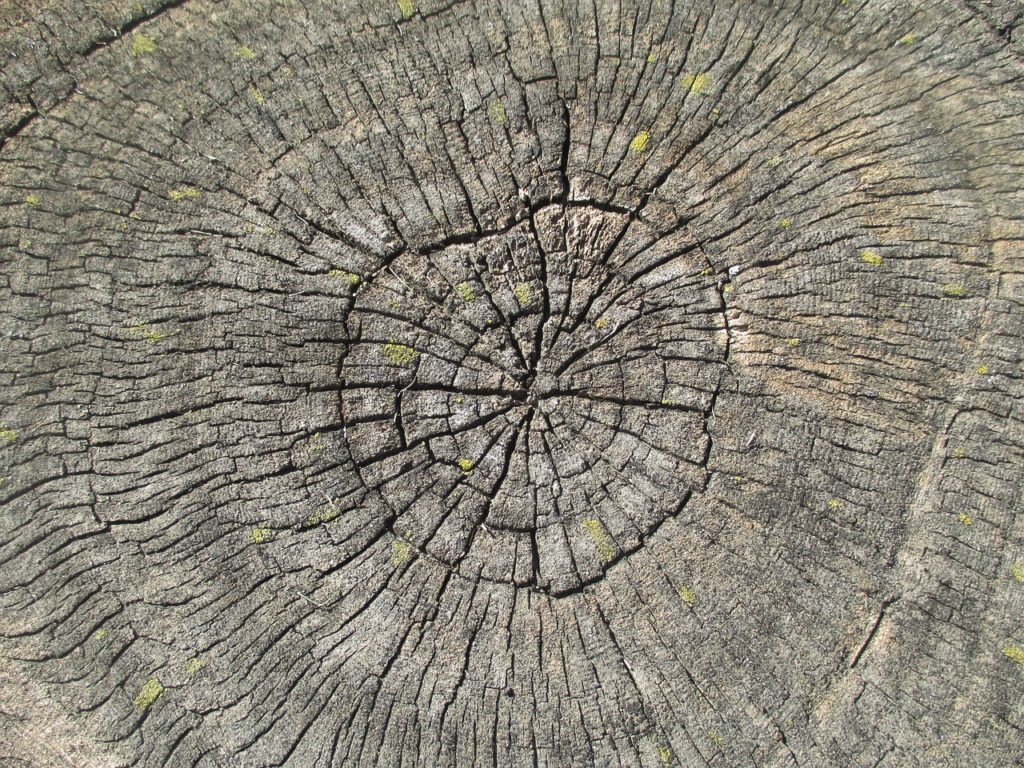
Most historical weather events and climate fluctuations are the result of natural climate fluctuations. Being able to measure historical climate change is important as it allows today’s scientists to understand what was within the ‘normal’ parameters of fluctuation, and the extent to which climate changes today differ from these patterns, as well as the processes that are involved in climate change.
Scientists use a variety of techniques to understand historical climate change. The data generated from meteorological instruments was very reliable, so where it exists it can be of great use to researchers. However, in many cases this data has not been very well documented (Drake, 2000, p. 103). Because of this, scientists often focus on proxy data instead.
Proxy data might include historical documentation, dendrochronology (the dating of environmental events through analysing tree-rings) or data from samples taken from glaciers, known as ice cores (Buckley et al., 2000, p. 298). For example, the dust from the Tambora eruption in 1816 ‘passed across both south and north poles, leaving a telltale sulfate imprint on the ice for paleoclimatologists to discover more than a century and a half later’ (Wood, 2015).
Historical sources are valuable from a scientific perspective. They also help us to understand people’s views on weather, their capacity to deal with extreme circumstances, and how the changes brought about by weather conditions have shaped both people and landscape. Even paintings have been analysed by scientists researching the composition of the past atmosphere following the Tambora eruption (Zerefos, 2015).
If in the past climate has shaped the way we live and work, then it is reasonable to assume that current climate change will affect the way we live in the future – and this is something that needs to be considered alongside our scientific analysis. The following pages will examine a number of significant weather events that hit West Cork in the eighteenth and nineteenth centuries, starting with the Little Ice Age of 1450 to 1850.
>> The Little Ice Age, 1450-1850

